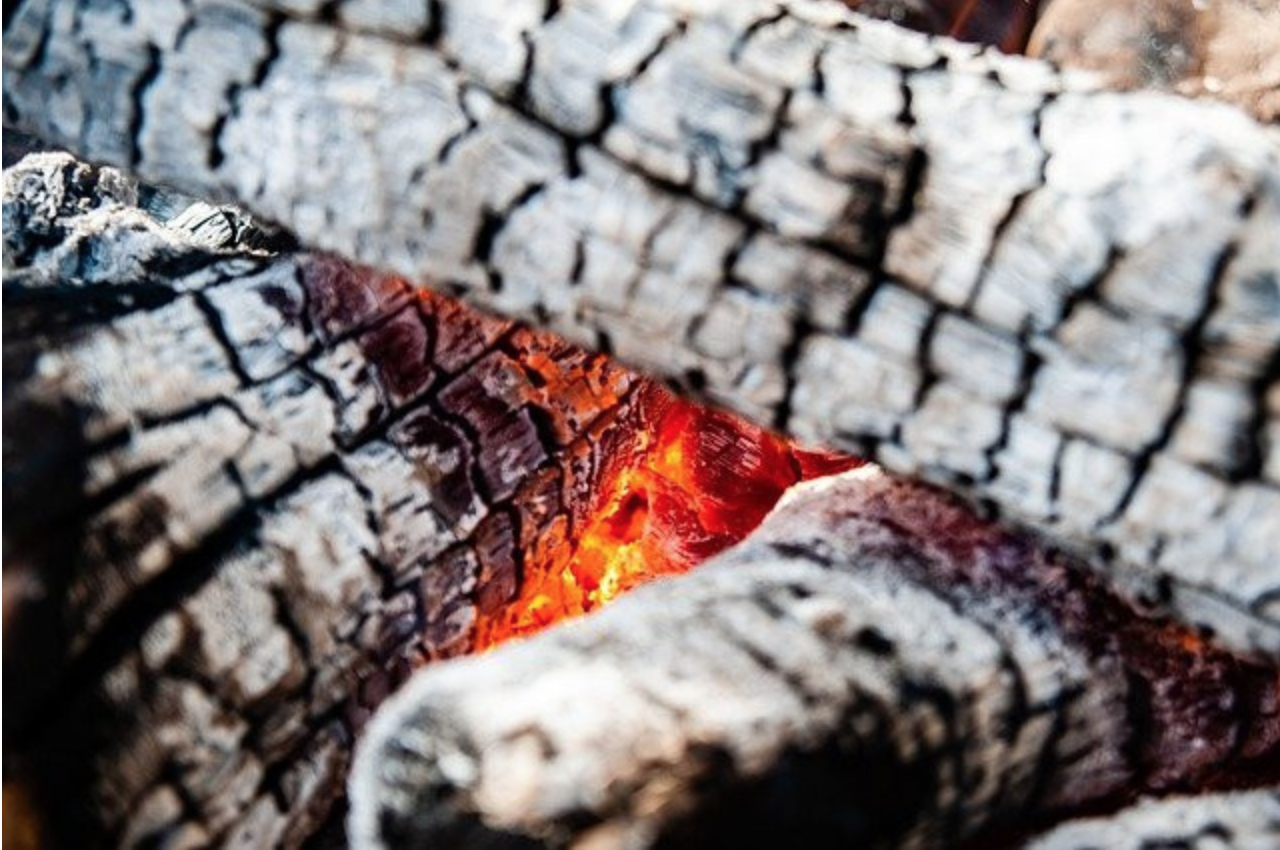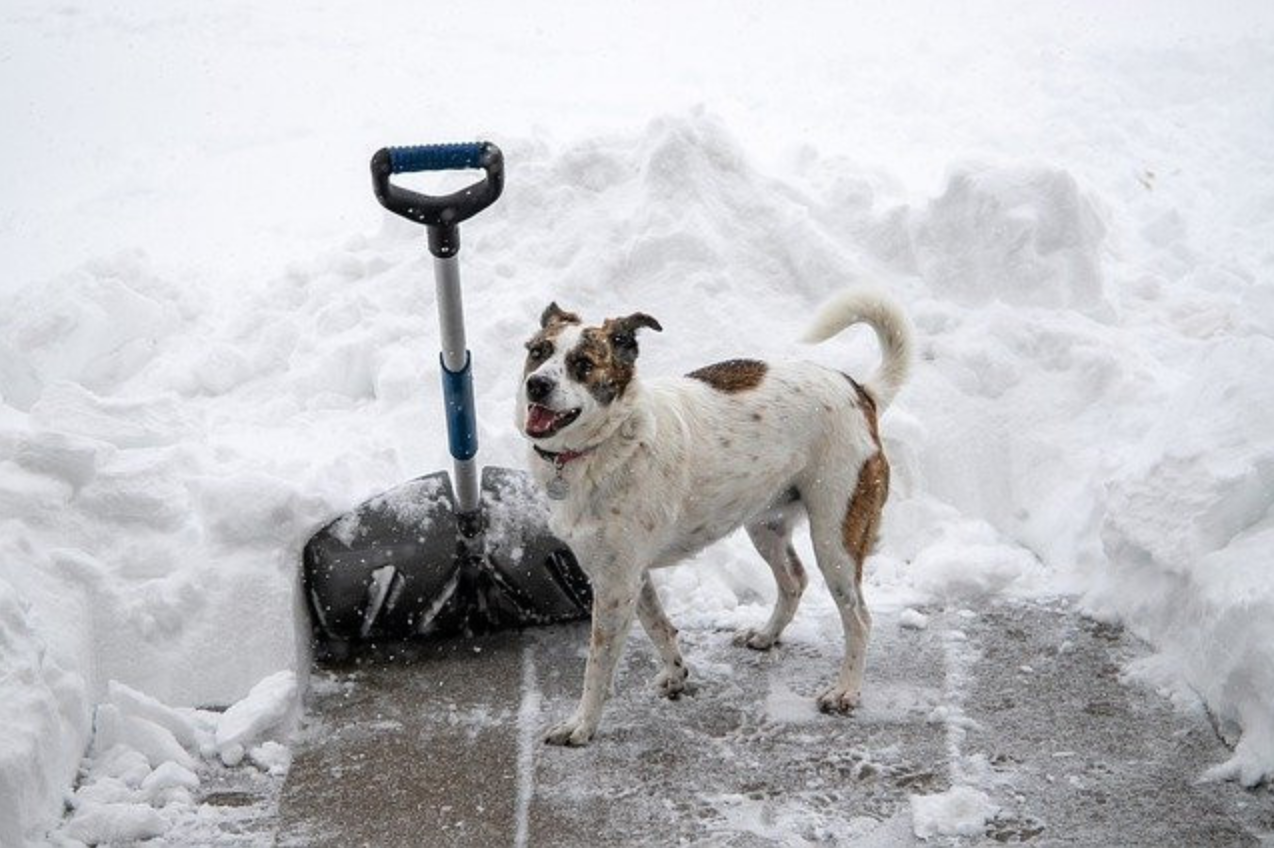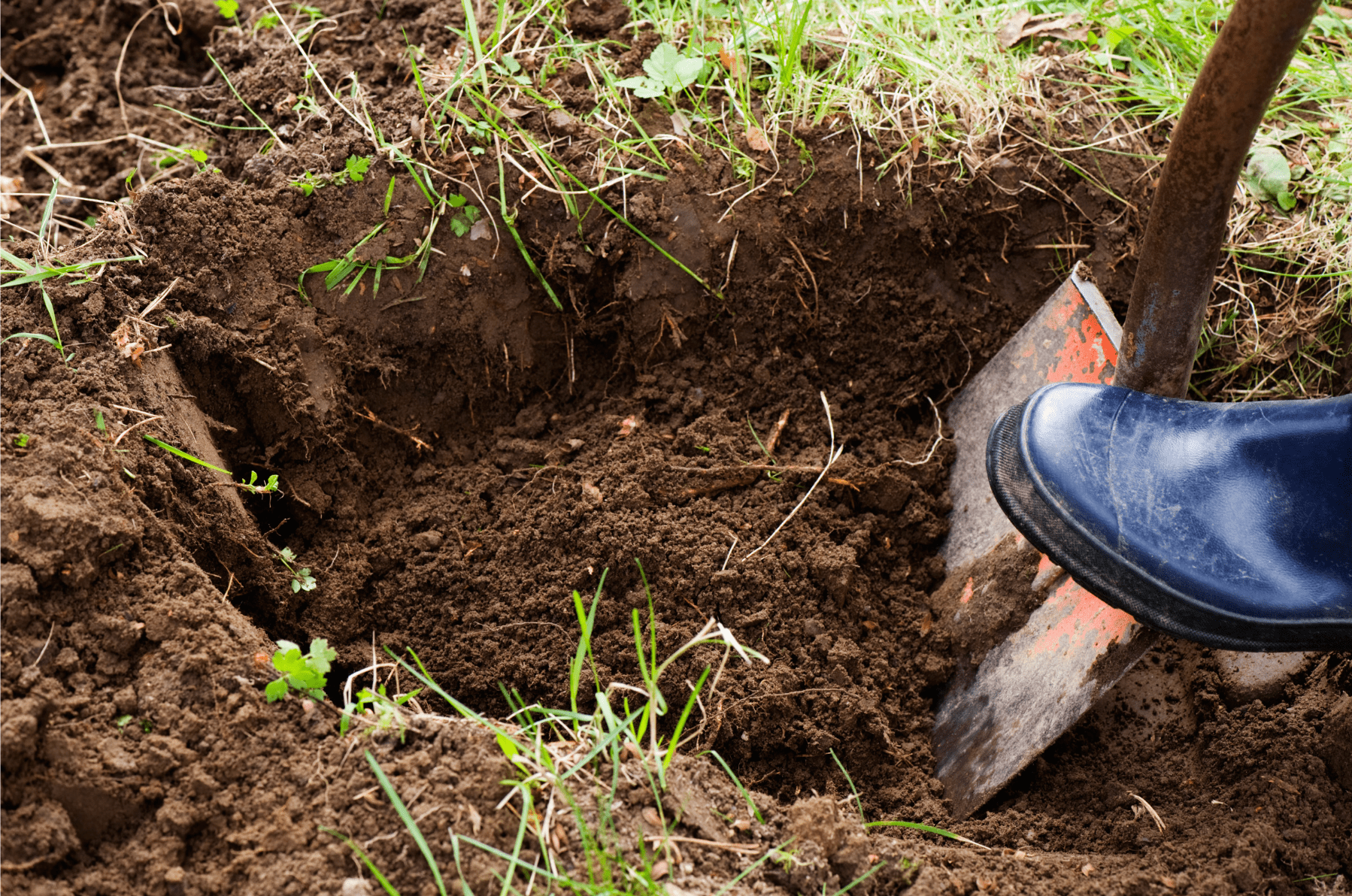What’s one thing we use daily but never have to really think about unless there’s a problem? If you guessed utilities, you’re right! Utility lines bring water, electricity, and more to our homes. But if you’re about to start a digging project in your backyard, how do you know which lines are where? In this guide, I’ll walk you through how to figure it out for yourself so you can dig in peace.
Types of Utility Lines
When you start with a solid understanding of what kind of utility lines you might run into, you’re better prepared to deal with the potential challenge. So, let’s take a look at the different types of utility lines.
Electrical, Cable, And Internet Lines
First, you have electrical lines. Did you think they were only overhead? You’re not alone. They’re not as common as overhead lines, and that’s because utility companies shudder at the thought of buried lines due to their high price tag. However, you should check with your local electric company because there’s a chance yours are underground.
Gas Lines
Accidentally hitting buried gas lines is very serious. In fact, if you do, call 911 immediately. So, what are these, and what makes them so scary?
Gas lines are usually buried about 18 to 24 inches, and avoiding them is crucial. Over 300,000 miles of natural gas lines snake underground in the U.S. They’re usually steel or plastic, but shovels and other digging equipment can damage them. Gas line accidents can be, and have been, deadly. If you ever see or suspect a gas line leak, your local gas company’s emergency services must fix it immediately.
Water Lines
If your house has running water, then there’s certainly a water line that leads to your home from a central public water line. They’re usually PVC or PEX pipes, but they could be metal. A CPVC pipe is another option that’s stronger than PVC pipes. However, you still want to avoid driving a shovel into these. If you do, get a plumber to fix it immediately. If there’s too much damage, you could be looking at hefty repair costs and flooding issues.
Sewer Lines
We’d rather not think about sewer lines, but they’re such an important part of society’s sanitation efforts. They’re usually concrete or PVC. These pipes transport wastewater away from our lovely homes and into treatment plants or disposal areas.
How to Determine if There are Utility Lines in Your Backyard
Now it’s time for the million-dollar question: How do you find out what’s going on under that green grass in your yard? There are a few ways to go about it.
811 Service
First, call 811. It’s the national number to call before you start digging. It’s toll-free, and your local 811 call center with answer your questions for free. Basically, the whole service is completely free.
When you call 811, get ready to give them key information. That includes your address, the date you want to start digging, the type of digging project, and where exactly you’ll dig at your address. The service will send out utility workers, who will flag or paint the approximate utility line locations.
Did you know there’s a convenient color code system for utility line identification? After those utility workers from the 811 service are done marking your yard, you might see some of these colors:
- Red: Electric power lines, cables, conduit, lighting cables
- Yellow: Gas, oil, steam, petroleum, propane lines
- Orange: Phone, cable, or fiber-optic lines
- Blue: Water lines
- Green: Sewage lines
- Purple: Recycled water lines
This video goes over what ‘locating’ actually is, and how it fits into the ‘811’ Process.
By the way, every state has its own 811-center website. So, if you prefer to inquire about your utility lines online, go for it! You can submit all the same information and schedule your utility lines to be flagged through the site.
Using your local 811 services is the easiest, most foolproof way to answer the utility line question. I recommend starting there, but you also have a couple more options.
Call Each Utility Company
You could call each utility company to ask about their lines or pipes. Maybe you have specific questions for, say, your electric company. In that case, you may feel more comfortable working directly with them.
Check Property Maps
County websites usually have public utility lines mapped out. You can also find Geographical Information System (GIS) maps online. Be careful, though, because all of these public maps and services are only for public utility lines.
Do you have access to property maps from the previous owner? If so, maybe they marked custom private utility lines, like sprinklers. Basically, you should check any property maps you can get ahold of, just in case.
Risks of Digging Without Knowing the Location of Utility Lines
Blindly digging up your backyard can get you into a lot of trouble. Not only is it dangerous for you, but it also puts other people in danger. If you hit a utility line, you risk personal injury, property damage, and even legal and financial fallout.
If you cause a gas leak, even one spark can cause an explosion. Gas leaks can also cause carbon monoxide poisoning. If you strike an electrical line, at the very least you’ll cause power outages. At worst, the electricity can charge nearby ground and equipment and seriously hurt someone. Broken water pipes can cause overwhelming flooding.
Have I scared you yet? Hopefully, being aware of these risks will help you do everything in your power to properly discover and avoid utility lines. By the way, if you don’t try to find the lines, you can also get hit with city fines or even criminal charges depending on the damage you do. But you’re well on your way to avoiding all of that!
One more thing if you have parked your RV in your backyard, you could have utility lines underneath your RV.
Conclusion
So, you’ve already begun researching before taking a shovel to your backyard. Now, it’s time to take these tips to the real world. As you begin dialing 811, calling utility companies, and checking property maps, remember that your safety and that of your contractors or neighbors are most important. Dig safely, and I know your project will succeed!
Video Version of the Blog Post
I have created a video version for this blog post. If you like this video, consider subscribing to the House Notebook Youtube Channel.
Related Posts:



